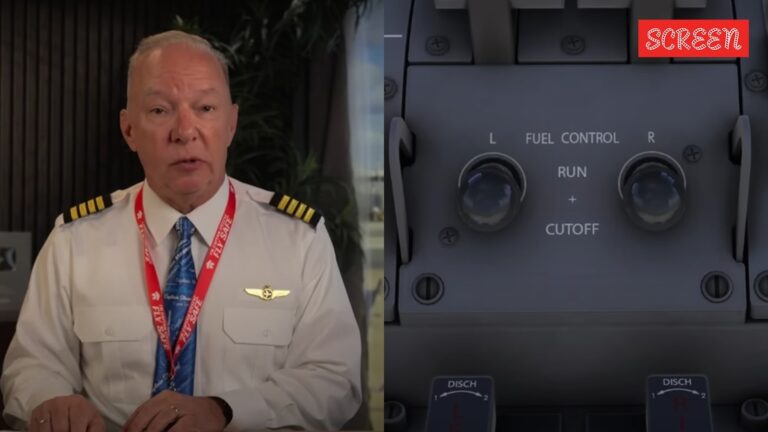The Air India crash in Ahemdabad that resulted in the deaths of 260 people is under investigation, and recently, a 15-page preliminary report investigating the crash was released. Only one passenger on the flight, Vishwash Kumar Ramesh, survived the crash. He was seated on the seat 11A. On Saturday, YouTuber Flying Beast, aka Gaurav Taneja, shared a video discussing his theories as to what could have saved the passenger’s as he spoke to another pilot, Capt Amit Singh, founder of Safety Matters.
Soon after the crash, videos of Vishwash walking out from a cloud of fire and smoke were widely shared online. The videos showed him walking without having sustained any serious injuries. Gaurav shared that in 1998, a Thai Airways crash also resulted in the deaths of all souls on board, but passenger on 11A survived. “People are ready to pay extra premium for 11A because they believe that this is the safest seat,” he said.
Gaurav shared his theories about what might have saved the passenger’s life. He said that the lucky passenger was either not wearing a seat, or their beat was not buckled properly and unbuckled as soon as the aircraft suffered major impact. Gaurav shared that unlike cars, planes have two-point seat belts, as they are buckled across one’s pelvic region. In cars, for example, the belt also covers one’s torso, so in case of an impact, the body stays stuck to the back of the seat and does not fall in the forward direction. In an aircraft, however, since only the pelvic region is secured, the upper body and the lower body gets pushed in the front direction resulting in severe injuries in one’s hip area. He also suggested that because of the material of the belt, one’s internal organs can also get damaged.
He shared that since the passenger of 11A had 6ft of empty space ahead of him, there was enough room to slow down his forward momentum. Gaurav mentioned that because the placement of the seat is in a spot that is “located on top of the strongest portion of the aircraft,” he could survive the impact. He said that in cases where one survives a plane crash but is still seated on their seat with a belt on, it is difficult for them to escape as their pelvic injuries might not allow them to walk, and spending more time in a plane with smoke and fire could be fatal anyway.
Comparing the different health and safety standards for food in India, the US and Europe, Gaurav said that flight safety standards are also possibly different in India and abroad.

























